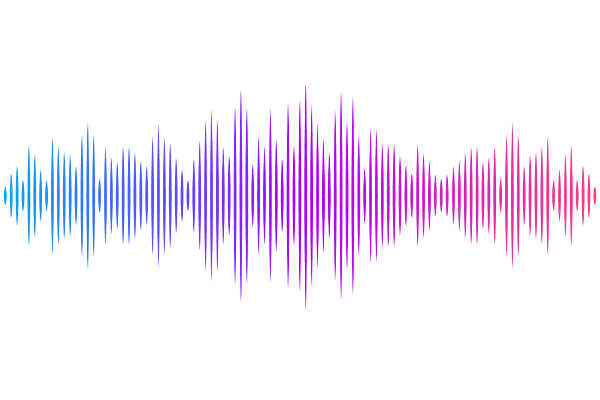JNK regulates GABAAR expression at the cell surface via the receptor clustering protein GIT1 (ArfGAP1)

JNK regulates GABAAR expression at the cell surface via the receptor clustering protein GIT1 (ArfGAP1)
Varidaki, A.; Deshpande, P.; Nagaeva, E.; Sino, V.; Schäfer, A.; Sourander, C.; Lagerholm, C.; James, P.; Korpi, E. R.; Coffey, E.
AbstractGABA type A receptors (GABAARs) receive inhibitory neurotransmitter input and control excitatory/inhibitory balance in the nervous system. Loss of GABAergic function leads to maladaptive changes in circuit dynamics associated with neuropsychiatric disorders, yet the adaptive mechanisms used by cells to regulate GABAAR availability are poorly understood. Previously, we identified that the stress-sensing kinase JNK1 promotes anxiety-like behaviours in mice. Here, we show that genetic deletion or inhibition of JNK1 increases GABAAR{beta}3 subunit surface expression at extrasynaptic sites and at excitatory synapses. We also identify that JNK1 phosphorylates the signalling scaffold GIT1 on S371. Accordingly, GIT1 enriches in dendritic spines in Jnk1-/- mice or JNK inhibitor-treated neurons, and GIT1-S371D is excluded. Furthermore, GIT1 is required for JNK-dependent regulation of GABAAR{beta}3 surface expression. Consistent with these findings, the amplitude of spontaneous inhibitory post-synaptic potentials and tonic inhibitory currents are increased in neurons from Jnk1-/- mice. These results suggest that JNK1 activity represses GABAAR complex stability and function.